Black Phoebe At Yolo Wildlife Area photos by Larry Jordan
After visiting my favorite Burrowing Owl colony I told you about last week, I headed just a few miles East on I-80 to the Vic Fazio Yolo Wildlife Area. This 16,000 acre wildlife area has undergone 3,700 acres of wetland restoration in the Yolo Bypass floodway, an Important Bird Area (IBA) designated by the Audubon Society and BirdLife International.
The Black Phoebe above and this Marsh Wren are just a couple of the nearly 200 bird species found during the year at the Yolo Wildlife Area.
According to a wonderful guide to the Yolo Basin Wildlife Area, from the Central Valley Bird Club, the seasonal wetlands are flooded in September in preparation for incoming winter waterfowl.
I didn’t have nearly enough time to explore the entire refuge last week but I did spot a Great Blue Heron that I posted last week.
Last year, in September, I accompanied another Audubon member in search of a Least Bittern that had been sighted at the Yolo Wildlife Area but we couldn’t find it. We did however find many shorebirds in the flooded wetlands including this White-faced Ibis
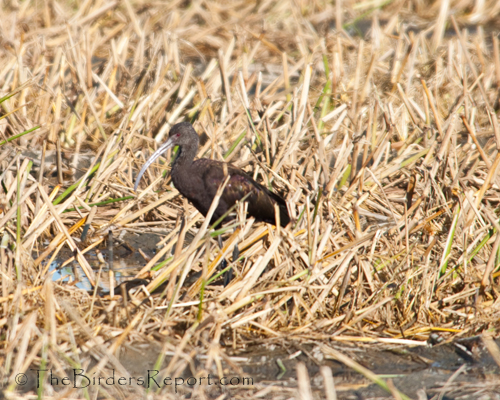
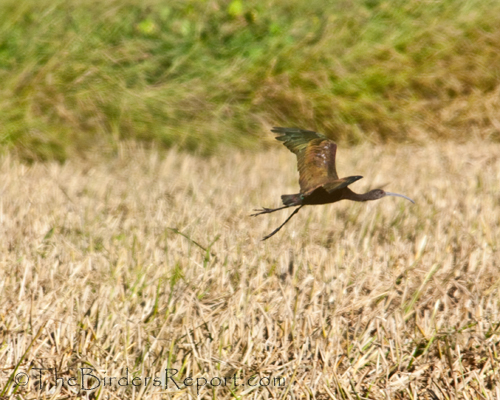
We were also treated to flyovers of several flocks of American White Pelicans
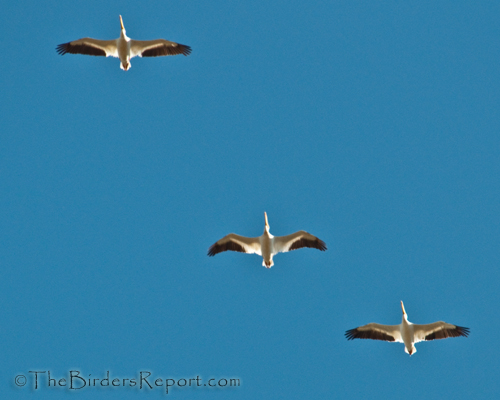
This is a map of the Vic Fazio Yolo Wildlife Area
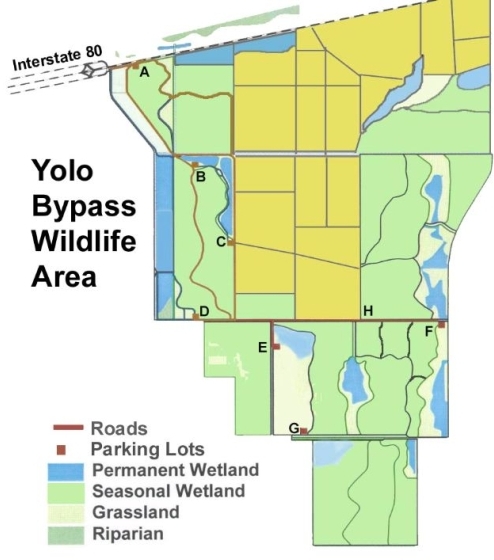
You can also see a directional map, showing Davis and the greater Sacramento area here.
There is another great birding hotspot just north of the Yolo Wildlife Area at the City of Davis Wetlands. This is a 400 acre site that was previously agricultural land and is now being returned to a managed native California wetlands ecosystem that includes oak riparian woodlands and native grasslands. I plan on stopping there when I attend the Burrowing Owl Consortium meeting next month and post a report.
Until then, check out some great bird photos at Bird Photography Weekly.

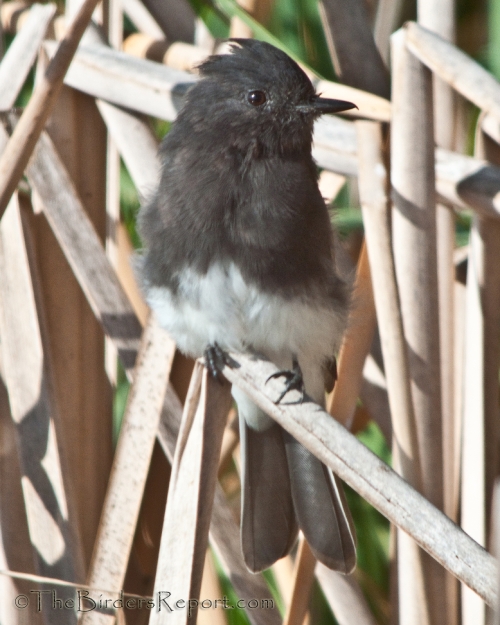
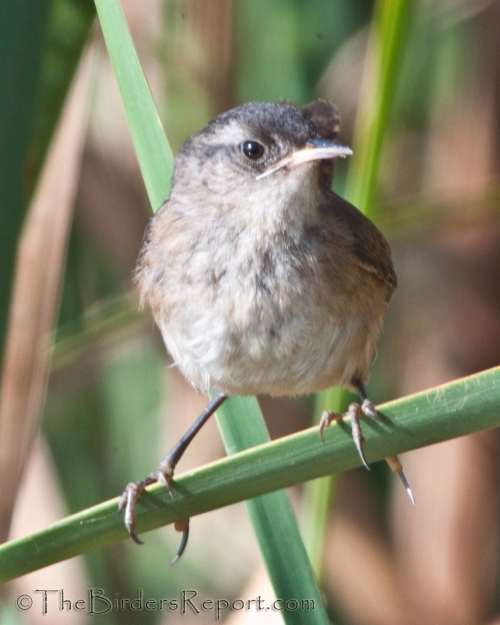








Comments on this entry are closed.
Great photo of the phoebe! I look at that and feel like I’m right there looking at him myself.
.-= Wren´s last blog ..anhinga bird photography weekly =-.
@Wren he was watching me pretty closely, in between insect hawking flights
Love the shot of the pelicans. I remember seeing them in a lake in eastern Oregon, right in the middle of the desert. It felt like a bizarre place, but I now realize that they had been regulars there.
.-= Mike @ Slugyard´s last blog ..Disgustingly Common =-.
Wow! I’ve never been to Yolo. I didn’t realize there’s such a diversity of birds there. Thanks for sharing, Larry!
.-= bob k´s last blog ..Rain- rain go away- little birders want to go to Palay-palay =-.
Is this in California?
Also, seeing as I am asking all of the bird experts in my blogroll:
Went birding at the Iroquois National Wildlife Refuge (NY). I’ve IDed all the birds but this one. This picture was taken through binocs, so it’s not great quality. It looked remarkably like a Yellow-billed Cuckoo, but the sound was more like a slow, steady kew kew kew or koo koo koo, which from what I hear online is not what they sound like. Any ideas?
http://sphotos.ak.fbcdn.net/hphotos-ak-snc4/hs193.snc4/37973_1474647779090_1020548928_1417569_3464822_n.jpg
.-= sciencedude288´s last blog ..7-9-10—80F—90H—TFI =-.
Excellent post and photography Larry! Love the first photo of the Black Phoebe.
.-= MaineBirder´s last blog ..Photo of the Day- Hummingbird in Flight =-.
Hi Larry, That Black Phoebe looks a little cracker of a bird, I only ever saw Eastern Phoebe in Ontario. That Marsh Wren looks like our Common Wren but with size 12 boots on, to climb up the reeds I guess?
.-= Phil´s last blog ..A Sunny Day =-.
I love that little Black Phoebe. So sweet.
You seem to have a lot of wild life areas around. That is great. But I never understand how americans draw their maps. 😉
.-= NatureFootstep´s last blog ..Grönbena – Tringa glareola – Wood Sandpiper =-.
That Black Phoebe could pass for a junco at first glance!
Nice series.
.-= The Zen Birdfeeder´s last blog ..Focus on Fledglings 2010 – 9 =-.
Wonderful photos and post about the Yolo Wildlife Area. With almost 200 bird species it would be a birder’s paradise. Great picture of the White Pelicans. What an amazing sight that must have been! I have seen a few here as well. They return to the same lake every summer.
.-= April´s last blog ..Update on the Smoky Conditions =-.
I like that photo of the Black Phoebe. I’d like to see one of these one day – we don’t have them here in Europe.
.-= dreamfalcon´s last blog ..Wings on Wednesday – butterflies of Nepal =-.
The Black Phoebe is around 6 cm long. It has a contrasting plumage, dark brown or black on the head, breast, back, wings, and tail, and white on the underbelly and under the wings. These birds like spending more time along streams and ponds than the other phoebe species, and is not migratory but stays in its range year-round.
Nice phot of the Black Phoebe. In Panama, they have much less white in the underparts.
.-= Jan Axel´s last blog ..Panamas 2010 Official Bird List =-.